Antique plaster cast representing the famous Venus of Arles, after the ancient original discovered in 1651 in the ruins of the ancient theater of Arles and attributed to the school of Praxiteles. Beautiful workshop work marked "Musée Central des Arts" (former name of the Louvre Museum under the French Revolution), testifying to a quality production for the study or dissemination of ancient masterpieces. The soft and serene face, the elegant hairstyle treated with precision, as well as the graceful pose, reflect all the refinement of the Hellenistic style. Resting on a molded pedestal 22 cm in diameter, this plaster has a natural patina with some traces of use which reinforce its authenticity. Historical note: The Venus of Arles was discovered in 1651 in the foundations of the ancient theater of Arles. Restored under Louis XIV, it was installed at the Musée Central des Arts (ancestor of the Louvre). The work is traditionally attributed to inspiration from the style of Praxiteles (4th century BC), although several successive restorations have modified its original appearance.
Historical note: Between the end of the 19th century and the beginning of the 20th century, French museums, particularly the Louvre Museum (and what was also called the Musée des Arts), sold or authorized the sale of official copies of famous sculptures. These copies were often made of plaster, terracotta, marble, or bronze, depending on the commission. When they were bronzes, an official stamp was added: “BRONZE DU MUSÉE DES ARTS” or “BRONZE DU MUSÉE DU LOUVRE”, sometimes accompanied by the name of the founder. Period of the “Bronze du Musée des Arts” stamp: This stamp was used between 1880 and 1914, before the First World War
.



























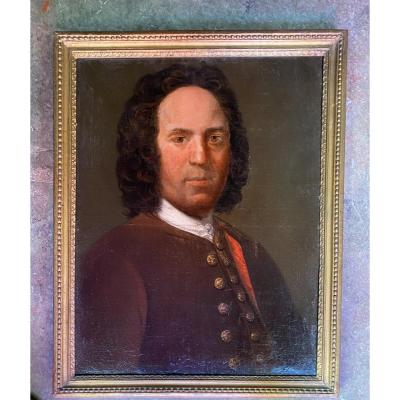




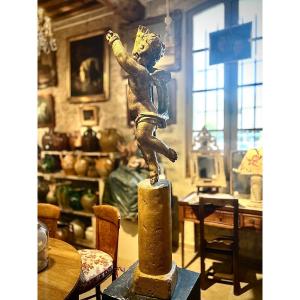



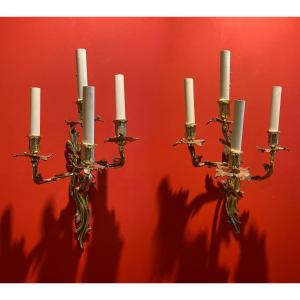


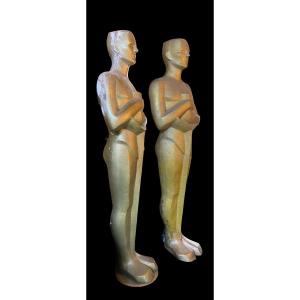

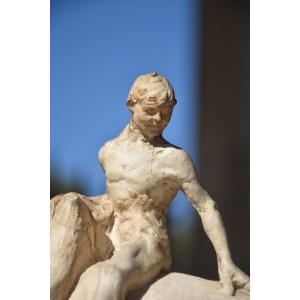
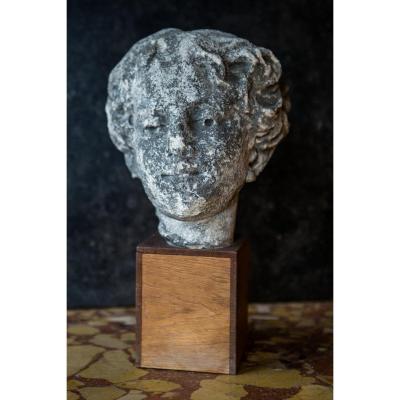
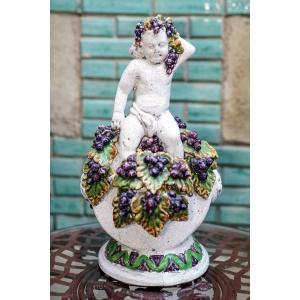



 Le Magazine de PROANTIC
Le Magazine de PROANTIC TRÉSORS Magazine
TRÉSORS Magazine Rivista Artiquariato
Rivista Artiquariato